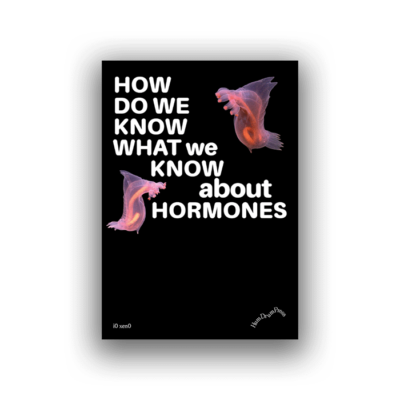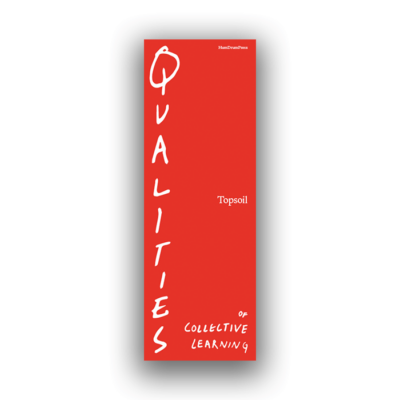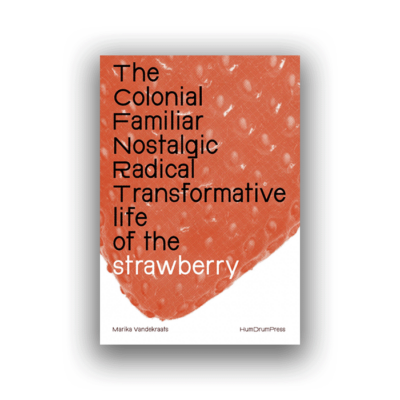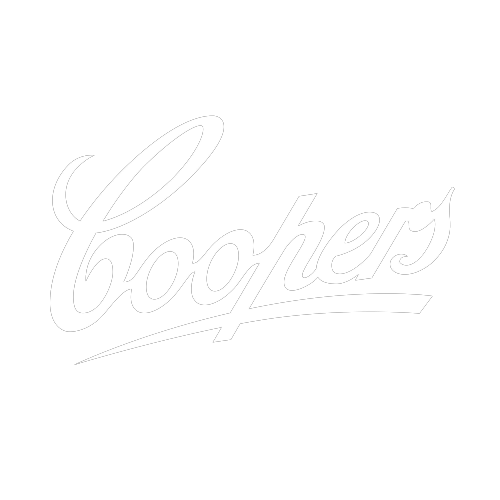
View all: Books
Philip Guston: The Studio
By: Craig Burnett
2014
Philip Guston’s The Studio (1969) depicts a member of the Ku Klux Klan painting a self-portrait. Darkly comic, crude and complex The Studio is a key work in Guston’s shift from abstract expressionism to his late figurative style.
Philip Guston’s The Studio (1969) depicts a member of the Ku Klux Klan painting a self-portrait. Darkly comic, crude and complex The Studio is a key work in Guston’s shift from abstract expressionism to his late figurative style.
In this generously illustrated book Craig Burnett examines Guston’s engagement with the history and limitations of painting during the last decade of his life. Burnett reflects that The Studio signals not only a broader historical moving away from the medium-centric claims of modernist abstraction but also a personal shift to subject matter that was discursive, playful and carnivalesque. The Studio’s existential ‘play of self’ and ‘Kierkegaardian despair’ is counterbalanced by the lure of compositional coherence to be found within paintings by artists such as Piero della Francesca, among others. Finally Burnett focuses on ‘a passage of supreme poetry’, the column of smoke central to The Studio, its importance as a compositional device and its presence as a ghost of abstraction.
This title is part of the One Work book series, which focuses on artworks that have significantly shaped the way we understand art and its history.
101 pages, 21 cm x 15 cm, paper cover, Afterall Books
$45.00
Only 1 left in stock



 Architectures of Healing
Architectures of Healing
 Bodies of Extraction
Bodies of Extraction
 The Beach Machine
The Beach Machine
 Urban Lament
Urban Lament
 Islands After Tourism
Islands After Tourism
 How do we know what we know about hormones
How do we know what we know about hormones
 Qualities of Collective Learning
Qualities of Collective Learning
 The Colonial, Familiar, Nostalgic, Radical, Transformative Life of the Strawberry
The Colonial, Familiar, Nostalgic, Radical, Transformative Life of the Strawberry












